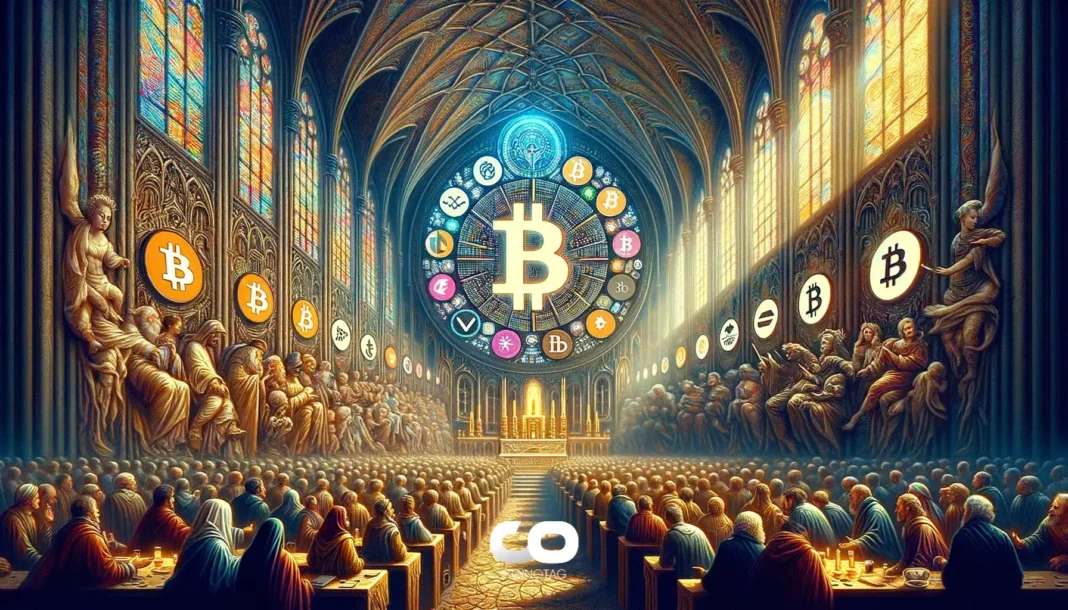-
The recent listing of First Digital USD (FDUSD) on Binance marks a significant shift in stablecoin accessibility, particularly within the Solana ecosystem.
-
This move not only enhances liquidity on one of the largest exchanges but also emphasizes Binance’s ongoing commitment to expanding its range of stablecoin offerings.
-
As noted by Binance, “Our goal is to provide users with innovative financial products while ensuring compliance with global regulations.”
FDUSD’s availability on Binance with zero fees marks an exciting advancement for traders, emphasizing stability and compliance in the crypto landscape.
Solana’s FDUSD listed by Binance with zero-fee promo
The recent addition of the Solana-based First Digital USD (FDUSD) to Binance (BNB) greatly influences the competitive landscape of stablecoins. Regulated in Hong Kong, FDUSD is pegged to the U.S. dollar and provides a significant opportunity for users to leverage Solana’s high throughput and low fees. Binance has asserted that it will facilitate seamless transactions across the Solana blockchain, paving the way for greater crypto adoption.
To launch this innovative asset, Binance is supporting a zero-fee promotional campaign allowing users to deposit and withdraw FDUSD without incurring platform fees until April 16, 2025. This promotional strategy may attract traders looking to optimize their trading costs while engaging with a stable digital asset.
Moreover, Binance has highlighted its commitment to complying with regulations by restricting this promotion to users outside the European Economic Area (EEA), following the recent MiCA framework on digital assets. This strategic approach reflects Binance’s emphasis on operational integrity and compliance.
Expanding Stablecoin Ecosystem on Binance
In the context of rapid innovation in the crypto space, Binance’s listing of FDUSD is part of a broader strategy to diversify stablecoin offerings. Earlier this year, the exchange expanded trading pairs involving other stablecoins like USDC, increasing options for traders and fostering competition amongst stablecoin providers. This evolution is crucial as it aligns with market demand for stable, regulated digital currencies amid regulatory scrutiny.
Tether unveils USDT cross-chain alternative: Details
The stablecoin sector is witnessing a surge in development, particularly in the face of increased regulatory pressures. Tether’s introduction of USDT0, a cross-chain stablecoin, is emblematic of this trend. Designed for Kraken’s Layer 2 platform, USDT0 integrates the benefits of cutting-edge technology with a focus on liquidity across various blockchains. This innovative approach aims to enhance user experience and bolster market competitiveness.
USDT0 leverages LayerZero’s Omnichain Fungible Token standard, which allows for seamless integration across different blockchain ecosystems. By doing so, it addresses liquidity fragmentation, a persistent challenge faced by users navigating multiple crypto platforms. The development is expected to simplify transactions, making it easier for users to engage in decentralized finance (DeFi) activities.
Ripple’s Entry with RLUSD
Similarly, the launch of Ripple USD (RLUSD) on both the XRP Ledger and Ethereum signifies another milestone in the evolving stablecoin arena. Ripple’s move, occurring on December 17, 2024, alongside Tether’s announcements, highlights the intense competition from established players in the stablecoin market. RLUSD has garnered significant attention, with a market capitalization surpassing $74 million.
This rich tapestry of innovation in stablecoin offerings not only underscores the growing acceptance of digital currencies in mainstream finance but also reflects the ongoing battle between traditional finance and emerging digital asset frameworks.
Conclusion
The listing of FDUSD on Binance, coupled with the launch of USDT0 and RLUSD, indicates a robust trajectory for stablecoins in the crypto market. As exchanges continue to adapt to regulatory environments and user demands, these developments reveal a clear intention to enhance liquidity and access, ultimately fostering trust and stability within the ecosystem. Future outlook: Traders can expect more innovative solutions from exchanges as they navigate the changing landscape of digital finance.







